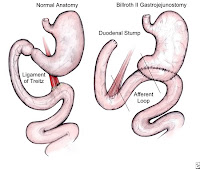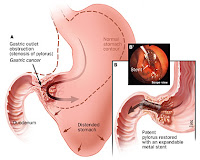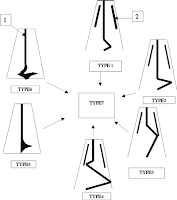Deviated
Nasal Septum
This is a nose physical
disorder which involves the displacement of the nasal septum
Cause
and type of Deviated nasal septum
 |
| Deviated Nasal Septum |
The causes of nasal deviation septum is
mostly caused by physical trauma such as a blow to the nose or it can also
occur due to congenital disorder resulting from a compression of the nose at birth, before or it can occur during the first month
after birth as a neonatal disease regardless of the cause. Among these health
conditions, there are those associated with structural deformations commonly
referred to as congenital anomalies and they involve damaging of the developing
fetus.
Marfan syndrome, Ehlers-Danlos Syndrome and Homocystinuria are some of
the connective tissue disorders associated with septum deviation. The
congenital disorder may occur as a result of the genetic abnormalities,
infection, chromosomal abnormalities, morphogenesis errors and intrauterine
environment. However, the gravity of the disorder is mainly dependent on the
complex interactions of the pre-natal deficits and the post natal environment.
Studies done on animals reveal that the intake of vitamins and increased
glucose levels by either the mother or the father shortly before ovulating and
conception pose a long term effect on the growth of the fetus; adolescent and mature stages of the disease.
The cause and abnormalities influence the type of congenital disorders and anything
that may result to birth defection is called teratogen.































